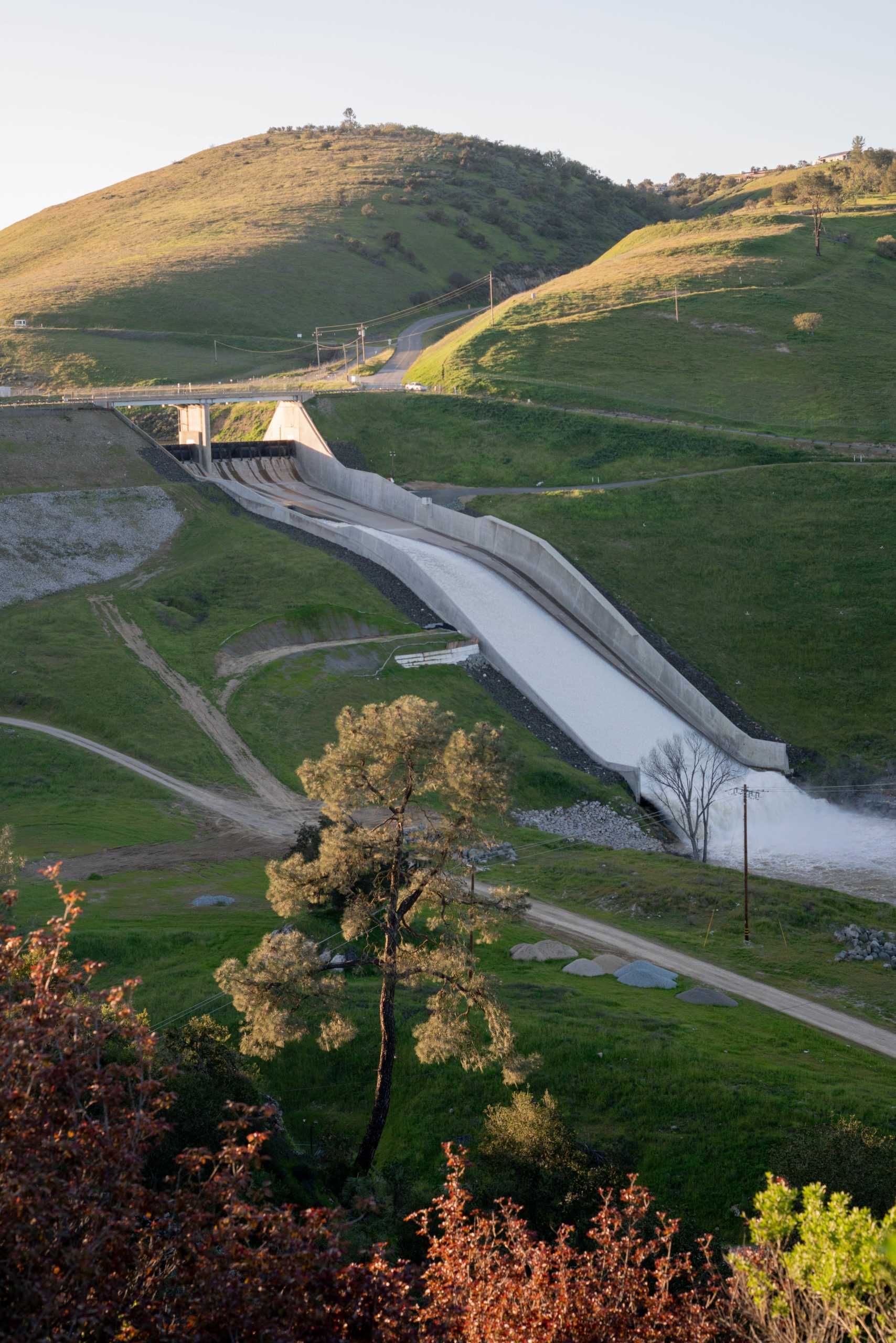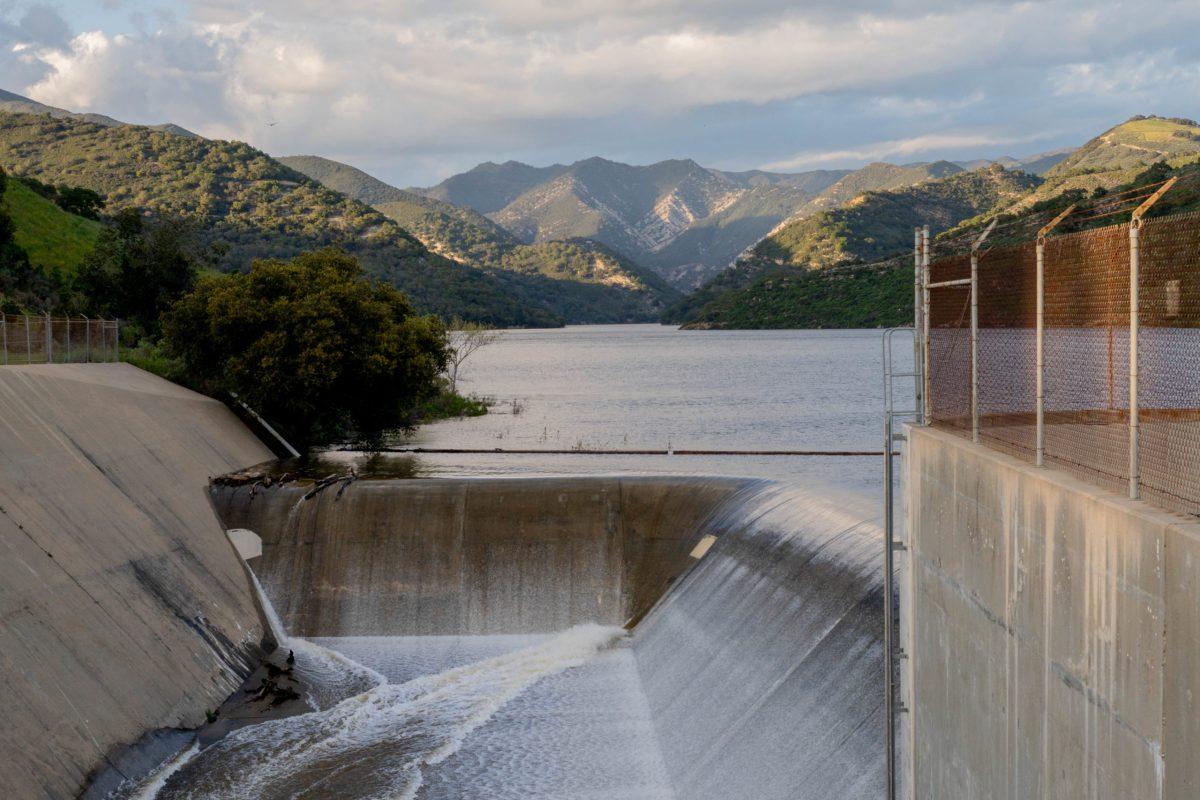Cracked dry creek beds, lakes so low they could rival ponds in size, and roadside signage urging passersby to conserve water were common fixtures in the California landscape.
Feeling right at home, San Luis Obispo’s own bodies of water experienced historic lows in recent years. However, with the arrival of heavy storms at the beginning of 2023 coupled with the expectation of another El Niño winter, the plague of drought may be a thing of the past for the Central Coast.
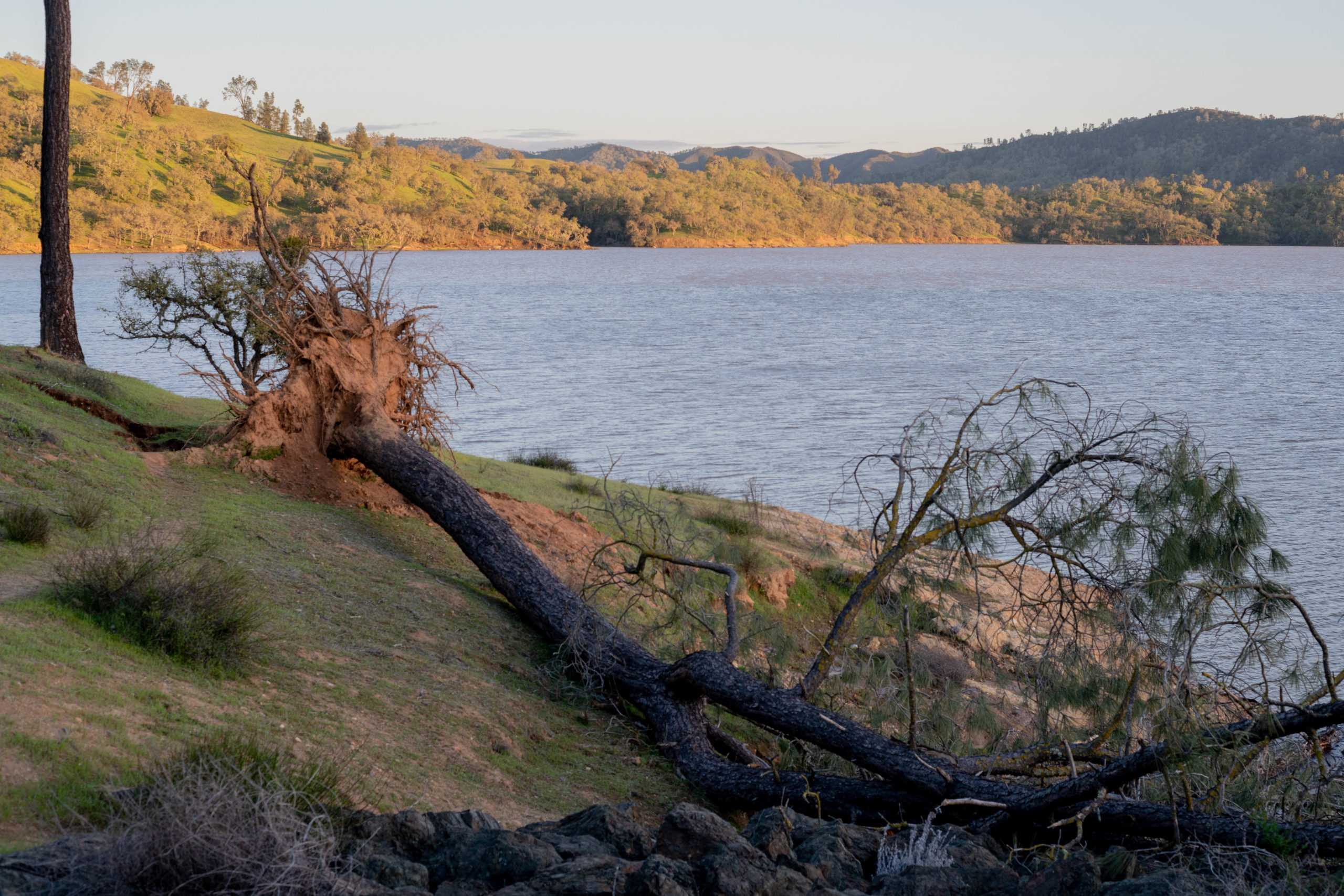
Used in conjunction or interchangeably, drought and California have become inseparable terms in recent years. A simple mention of the state’s lack of water in a public setting can open the proverbial floodgates of debate, with arguments from all sides of the isle proposing theories of government mismanagement, seasonal weather misfortune and the growing impacts of climate change, as all potential competing condensers of who or what’s to blame for the west coast’s recent water deficit.
Despite the state’s recent track record, last winter and spring San Luis Obispo experienced 7.64 inches over the normal amount of rainfall the county sees on average, making it the 10th wettest year in the last 129 years.

With so much rainfall in early 2023, there were instances where local bodies of water surpassed capacity. So much so, risk was posed to surrounding infrastructure, triggering a response from county officials.
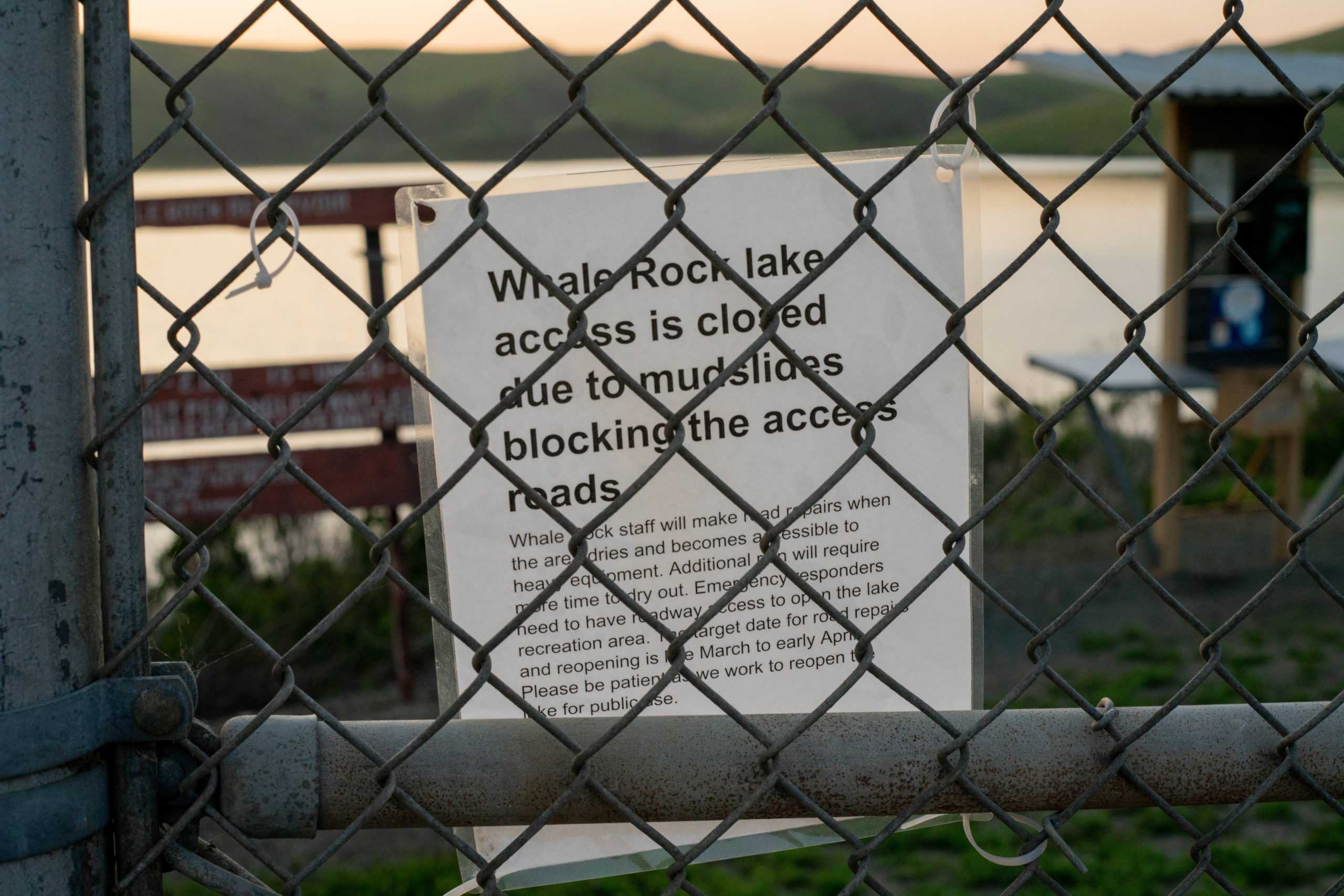
In Cayucos, Calif., San Luis Obispo officials issued an evacuation notice to residents with homes located below Whale Rock Reservoir in March. Due to the combination of heavy rains and high flow releases from the Reservoir, there was cause for concern of potential flooding to the surrounding area. According to the City of San Luis Obispo’s website, Whale Rock Reservoir currently is at 95.86% capacity.
Just south of Cayucos, Morro Bay also felt the impact of last season’s rains. On March 10, Highway 1 was closed between Morro Bay Blvd. and San Jacinto due to flooding from Little Morro Creek.
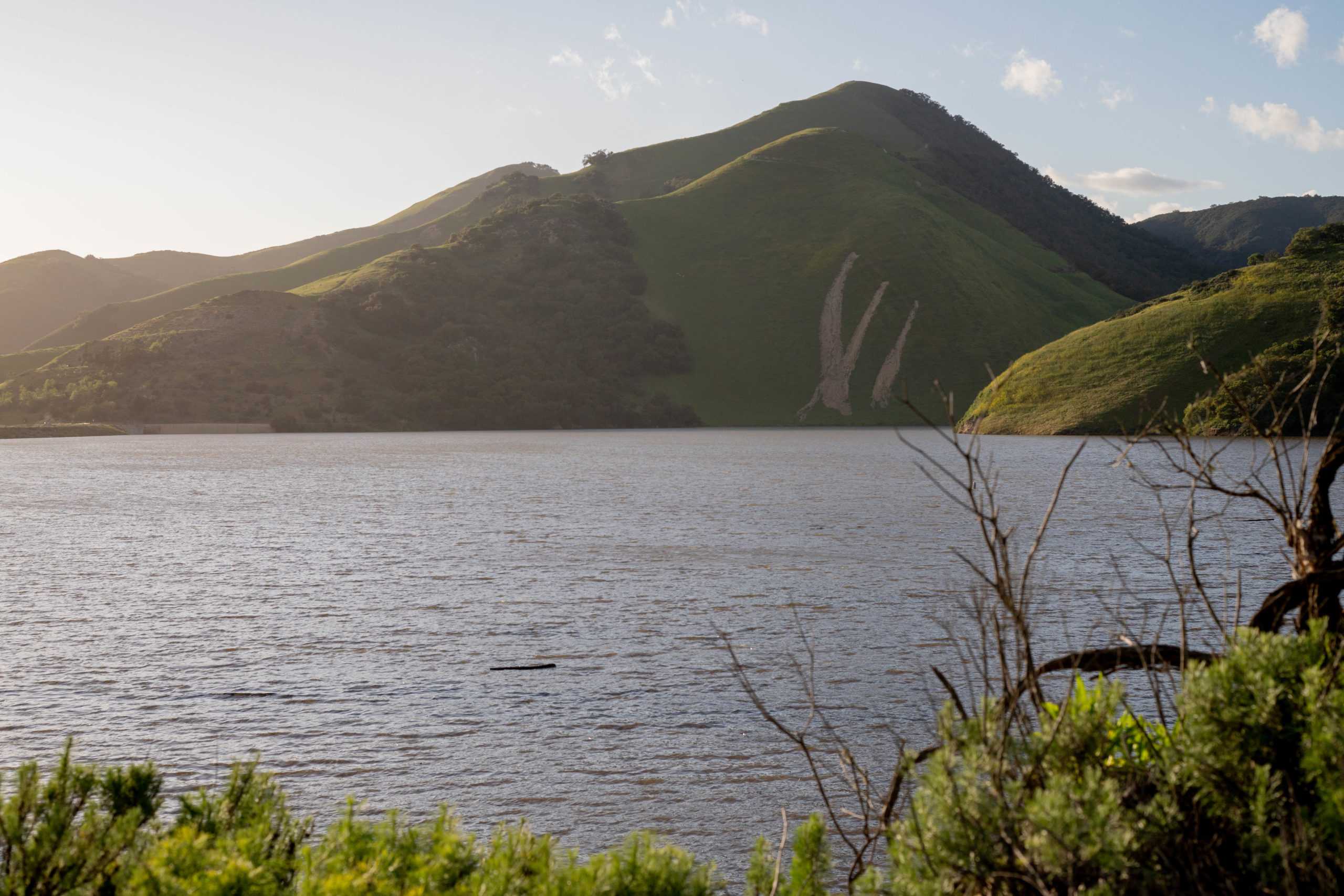
In the same vein, Lopez Lake is currently at 95.4% capacity. Along Lopez Drive, indications of mudslides coupled with lingering signs that warn of flooding still dot the roadside landscape winding toward the reservoir. Water flowed down the spillway on the east side of the lake for the first time in 25 years.

The surplus of water making its way down Arroyo Grande Creek from Lopez Lake prompted San Luis Obispo County last March to issue a flood evacuation warning to residents around the Arroyo Grande Creek Levee and Oceano Lagoon.
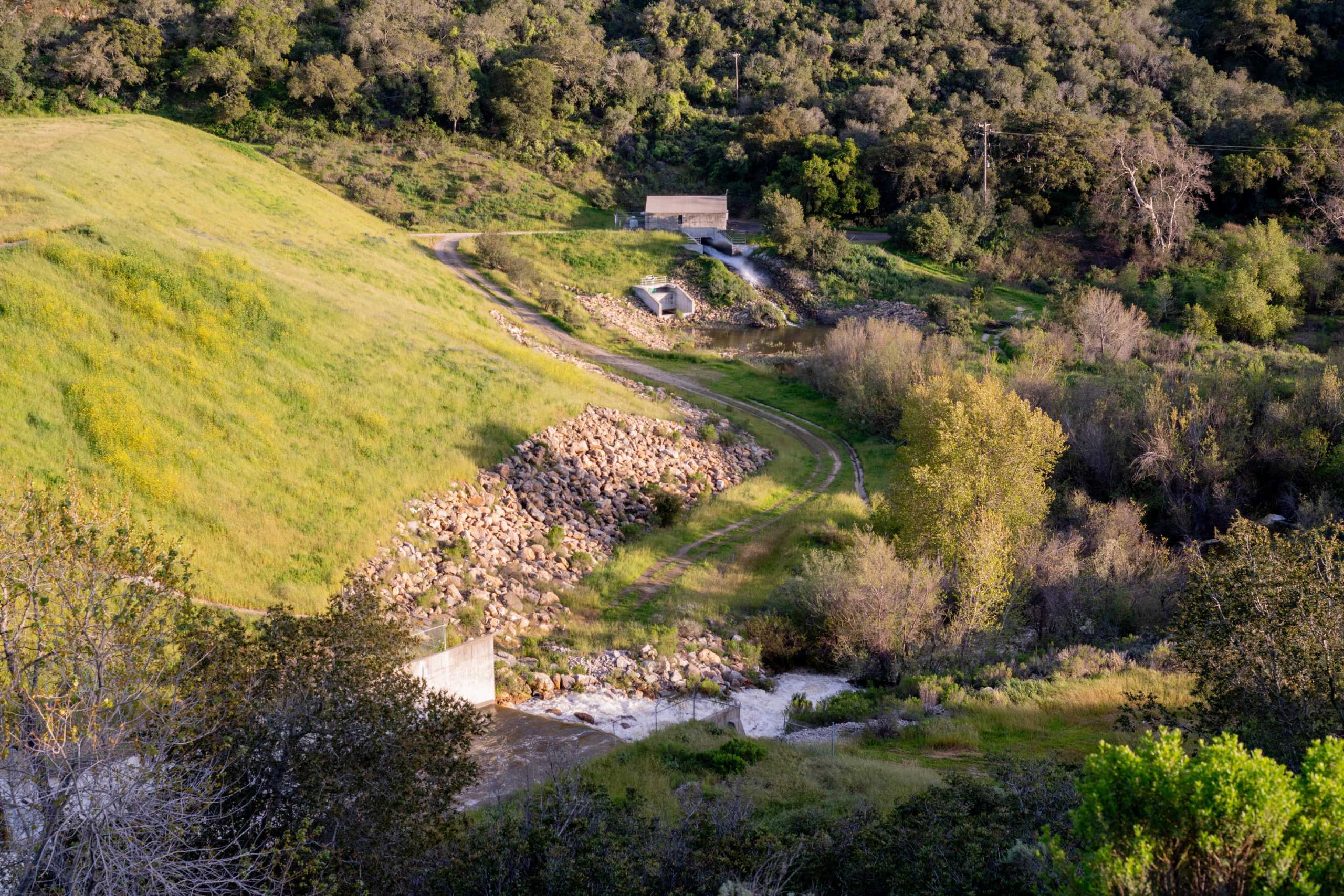
Posing less of a threat to surrounding residents, but equally notable, Lake Nacimiento and San Antonio also experienced increases in water levels. With Lake Nacimiento currently at 57% capacity (it reached 91% capacity in spring), and Lake San Antonio at 64% capacity, no evacuation warnings were issued to surrounding residents last spring, but concerns remain with an expected El Niño weather pattern expected this winter season.
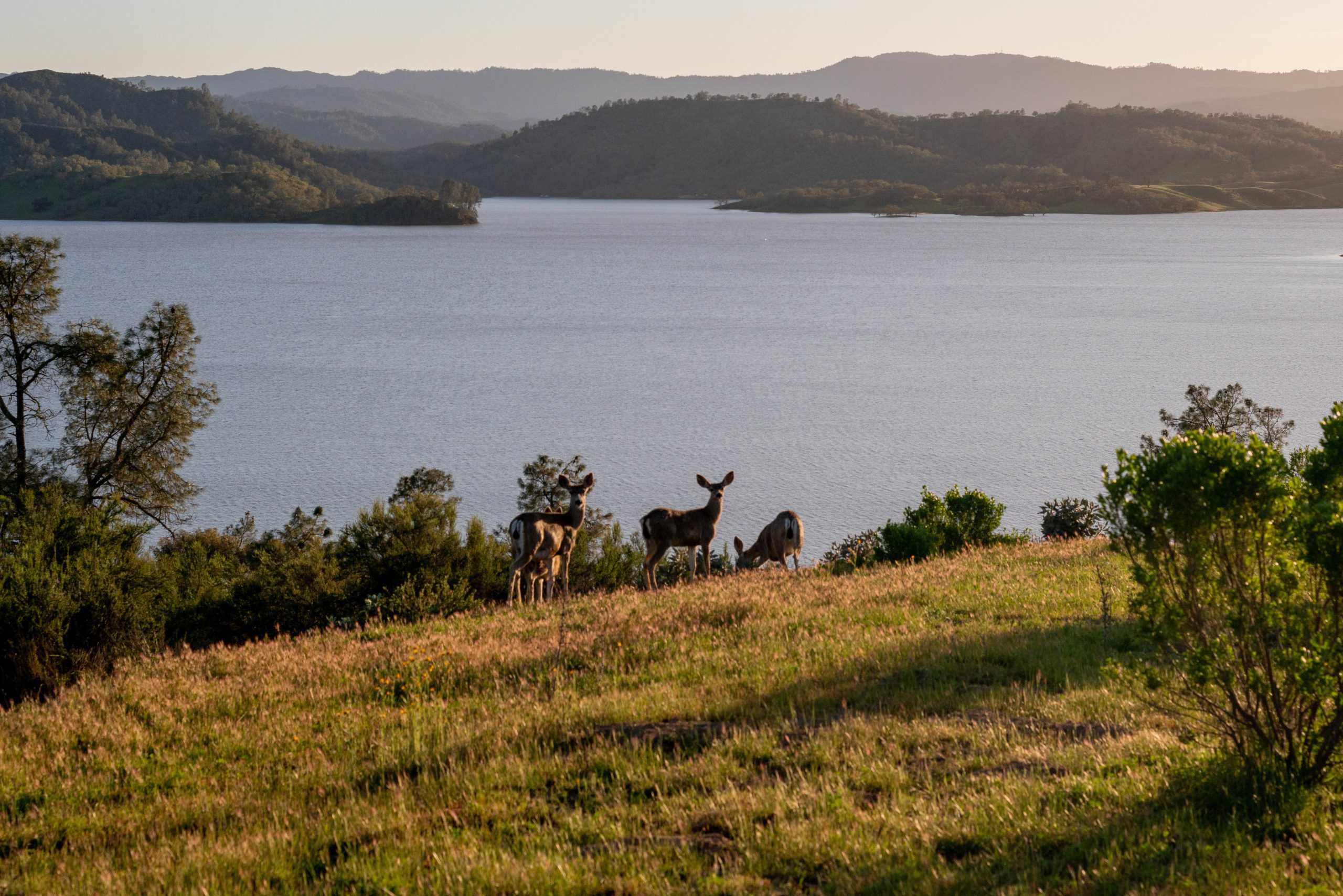
All of the rainfall this region experienced in 2023 flooded homes, damaged roads, caused countless instances of damage to infrastructure and resulted in the 9th wettest year to date over the past 129 years. According to Drought.gov, San Luis Obispo and the greater Central Coast is still not experiencing a drought as the area prepares for yet another wet winter.
